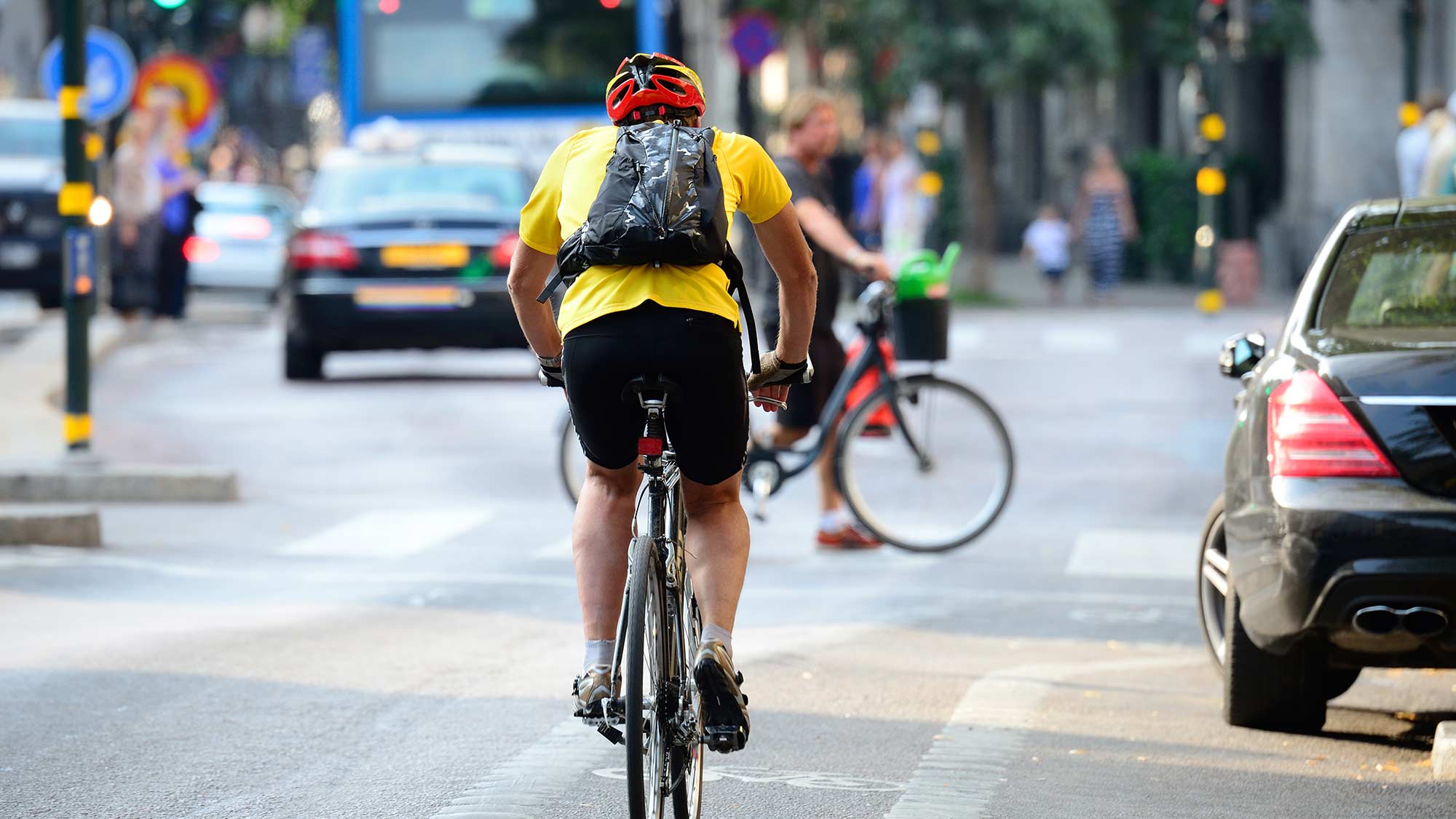Emissions from transport have remained stubbornly high over the past decades despite significant and widespread technological change. Here in the UK, while total emissions have decreased by 44% relative to 1990 levels (largely due to a transition away from coal power), emissions from transport only fell by 5% during the same period, according to Department of Transport (DfT) figures. Given that transport is a complex, system-of-systems sector comprising many legacy fuels and technologies, policy makers face a considerable challenge working out which interventions will lead to genuine, enduring and scalable decarbonisation.
Analyse, assess, decide
A new methodology is needed. Here at Arup we have been working on the basis that analysis and assessment of the carbon reduction impact of different transport interventions is needed if decision makers are to be able to effectively prioritise their approach based on robust evidence, especially if some of those decisions seem politically and societally unpalatable in the short or mid-term.
We need to be able to accurately identify and forecast future trends across journey types and purposes and quantify the impact of these on carbon emissions. This information is vital if we’re to address some looming dilemmas. For example – the whole life carbon emissions rating of a section of new highway infrastructure could be compared to the carbon impact of delivering new active travel infrastructure that prioritises walking, cycling and wheeling across the same region or area. This robust and mutually agreed evidence base would give us all the information (e.g. mode split, distance travelled, emission factors, EV uptake etc.) needed to develop comprehensive strategies for decarbonising the transport sector across various spatial scales.
When decisions are likely to impact user experiences and end in hotly contested debate, this data is absolutely vital. It will be fuel for debate around the challenges and opportunities presented by more sustainable transport investments, including economic, technical, political, safety, and behavioural considerations. This data is needed if we’re to be able to prioritise investments that have the greatest potential to reduce carbon emissions. It’s data that enables a carbon emissions ‘business case’ to be developed.
Decarbonisation: what counts as evidence of success?
Unfortunately for us all, such information at the moment is disparate, incomplete and full of gaps. While attempts have been made by numerous bodies within the sector, there is no one complete dataset or recognised evidence base that enables these decisions to be made. The latest DfT Local Transport Plan Guidance is more than likely to emphasise the need to demonstrate ‘Quantified Carbon Reduction Targets’ within local authority transport plans and to include a strategy to achieve these goals.
As such, we have developed our own in-house Transport Carbon Assessment Tool (TCAT) to respond to these challenges. This tool pulls together a number of open-source data sources in order to quickly and effectively test the implications of different mode share scenarios on carbon emissions related to transport. This enables us to rapidly test different interventions and scenarios, working with high level emissions datasets from the UK’s Department for Energy Security and Net Zero (DESNZ) and develop future modal split assumptions and forecasts, using specialist technical transport planning and modelling skills.
Creating the tools to support positive change…
We have recently developed this model further to offer our clients bespoke data-based tools and models, that can deliver quantifiable reductions in their GHG emissions from schemes or infrastructure they can influence across different sectors. Our work with the Ebbsfleet Development Corporation where we produced a carbon model that integrated transport, buildings and waste elements in order for them to be able to structure their decarbonisation plan in such a way that they could seek to set and deliver ambitious targets that will make tangible changes in their ambition to become net zero by completion of their planned Garden City.
At a different scale, we have also recently developed a regional-scale transport simulation model for Transport East, a partnership body that coordinates policy and strategy for Norfolk, Suffolk, Essex, Southend-on-Sea and Thurrock. This simulation represents household and freight trips across all modes for the whole region. We tested a variety of scenarios (such as boosting active modes, road charging, and increasing electric vehicle uptake) to measure their emissions reduction potential and develop a robust transport decarbonisation strategy by 2040.
This has predominantly been developed in response to the Transport East strategy and the challenges of transport decarbonisation at local scale, especially in areas that are polycentric in their built form and have very varied regional characteristics. These often have multiple urban centres and large swathes of rural areas, with underdeveloped sustainable and public transport networks. This approach allowed us, in collaboration with the client, to test a number of different hypothetical intervention scenarios, such as free bus use for everyone and delivering Dutch-style cycling infrastructure (where cycling is comprehensively catered for and encouraged within the road network).
Progress on all fronts
Like every other climate challenge, transport decarbonisation clearly needs to be tackled from many concurrent angles, with a clear-eyed awareness that the solution will be a blend of technology, regulation, market factors and behavioural change. With segments of the population finally becoming more environmentally conscious, consumer interest in EVs building, and the topic becoming more mainstream, we need robust tools and analysis of the carbon reduction impact of different transport interventions to help develop effective and integrated transport decarbonisation strategies that are supported by stakeholders and local communities.
Learn more
-
Expertise
Decarbonisation
Decarbonisation can apply to a nation, a region, a city, a district, an organisation, an infrastructure asset, a building or a product. We work with our clients to help them understand and minimise their impacts by preparing baselines and net zero strategies and targets, developing whole life cycle reduction pathways and supporting implementation. Find out more.
-
Expertise
Walking and cycling
The health, wellbeing and social benefits of walking and cycling in our towns and cities are clear. Our active travel team helps clients navigate the complex decisions these schemes seek to solve, to deliver lasting benefits to their communities.
 ;
;

